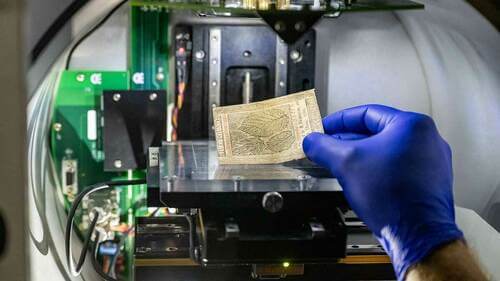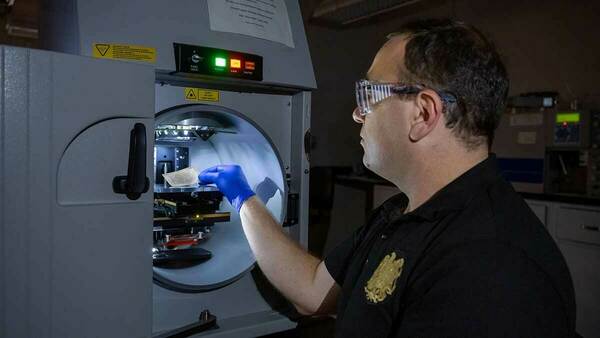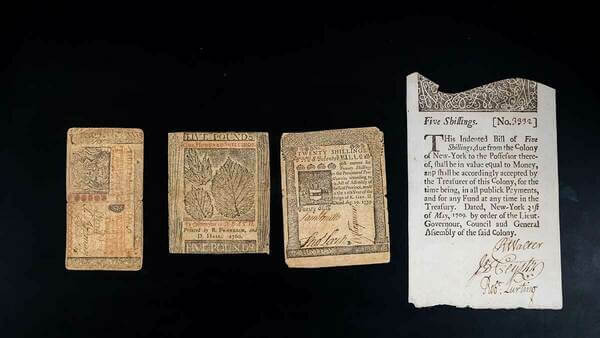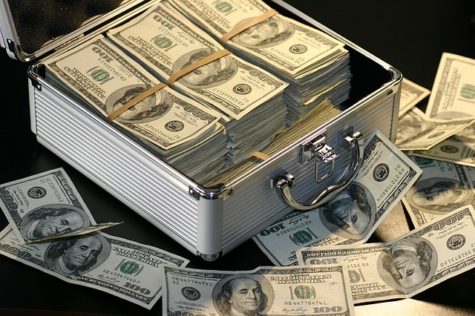NOTRE DAME, Ind. — P. Diddy was ahead of his time when he correctly pointed out, “It’s all about the Benjamins, baby.” University of Notre Dame researchers have revealed that Benjamin Franklin, one of the Founding Fathers of the United States, was a pioneer when it came to the methods of printing money.
After an exhaustive seven-year study, the team unveiled Franklin’s unique techniques used in printing nearly 2.5 million money notes for the American colonies.

“Benjamin Franklin saw that the colonies’ financial independence was necessary for their political independence,” says Khachatur Manukyan, the study’s lead author and an associate research professor in the Department of Physics and Astronomy at Notre Dame, in a university release. “Most of the silver and gold coins brought to the British American colonies were rapidly drained away to pay for manufactured goods imported from abroad, leaving the colonies without sufficient monetary supply to expand their economy.”
The challenge of counterfeiting, however, loomed large for Franklin after opening his printing house in 1728.
“To maintain the notes’ dependability, Franklin had to stay a step ahead of counterfeiters,” says Manukyan. “But the ledger where we know he recorded these printing decisions and methods has been lost to history. Using the techniques of physics, we have been able to restore, in part, some of what that record would have shown.”

Among their discoveries was Franklin’s use of a distinctive black dye made from graphite for printing currency, differentiating genuine notes from counterfeits that often used a “bone black” pigment. They also found that Franklin introduced the practice of embedding colored silks into his paper, a technique later popularized in 1844 by Zenas Marshall Crane. Moreover, the team identified that Franklin’s notes had a unique appearance due to the inclusion of a translucent material called muscovite.
Manukyan says there were challenges with the project, especially working with rare materials.
“Few scientists are interested in working with materials like these. In some cases, these bills are one-of-a-kind. They must be handled with extreme care, and they cannot be damaged. Those are constraints that would turn many physicists off to a project like this,” notes Manukyan.

The research, which has shed light on the sophistication of Franklin’s approach to deterring counterfeiters, was conducted with rare and archival materials from the Hesburgh Libraries’ Rare Books and Special Collections.
The study is published in the journal Proceedings of the National Academy of Sciences.
You might also be interested in:
- Crypto over cash? Half of Americans would take their paycheck in cryptocurrency
- Best Libraries In America: Top 5 Buildings Most Recommended By Experts
- 4 factors behind record low history scores for U.S. eighth graders

